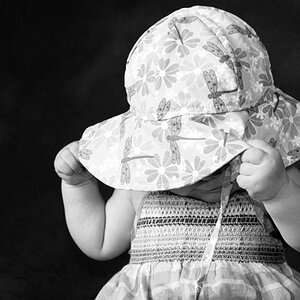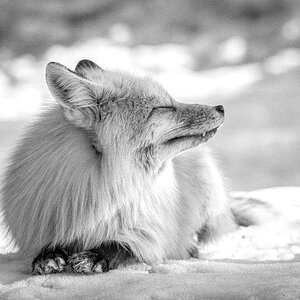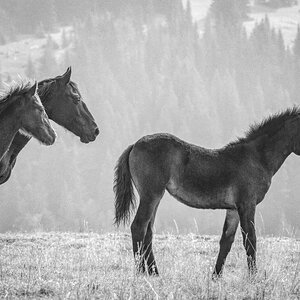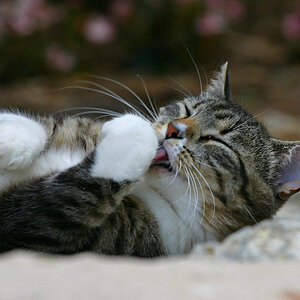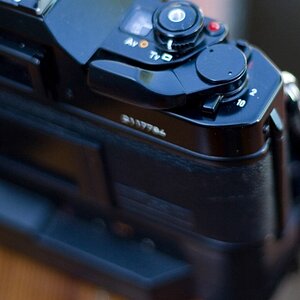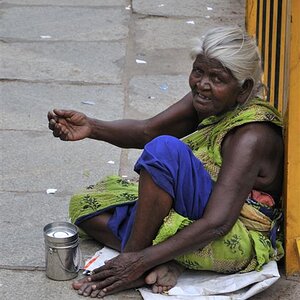Austin Greene
Been spending a lot of time on here!
- Joined
- Jan 6, 2012
- Messages
- 1,472
- Reaction score
- 855
- Location
- Mountain View, California
- Website
- www.austingreenephotography.com
- Can others edit my Photos
- Photos NOT OK to edit
200mm at f/2.5 on APS-C Nikon, half-body magnification:
[ _DSC7158_crop_1200.jpg photo - Derrel photos at pbase.com ]
85mm f/1.8 AT f/1.8 at 1/1250 second from 1.5 meters on Canon APS-C--very,very little depth of field...
[_MG_2287_Spotted_sRGB.jpg photo - Derrel photos at pbase.com ]
85mm at f/4.0 on Nikon Full-Frame from CLOSE range:
[ _D3X9107_ Tanya_85mm 1.4 at f:4.jpg photo - Derrel photos at pbase.com ]
last shot, skim-boarder against evening sunlight, Pacific Ocean beach. 85mm f/1.8 lensat f/2.2 at 8.91 meters, Nikon full-frame, 1/10,000 second. Shallow DOF, even at almost 9 meters.
[ _D3X8857_1400_screen-2.jpg photo - Derrel photos at pbase.com ]
Thank you for these Derrel, it's exactly what I needed to see that the 85 is the best choice given my situation.
Last question, do you think it would be appropriate in a small studio/indoors setting? I'm hoping to do a slew of cheap graduate shoots (cap and gown) for students on campus in my living room (remember the whole blanket as a backdrop topic?) and the shallow DOF would be fantastic with my limited background separation. My only concern would be my distance from the subject. I'll test it when I get home with the 70-200 at 85, but thought I'd ask. I'm at most about 6 ft from my subject, and would like to be doing seated, waist-up shots. DOF calculator says I'll have about .2 ft depth (~2.3 inches), that seems adequate, doesn't it?


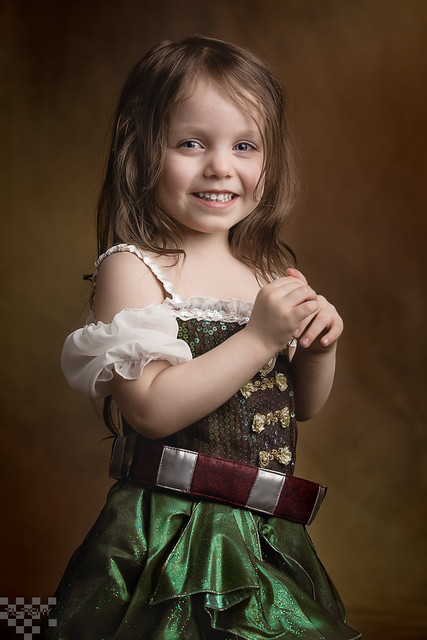

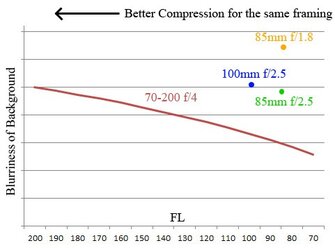
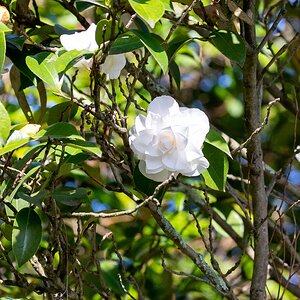
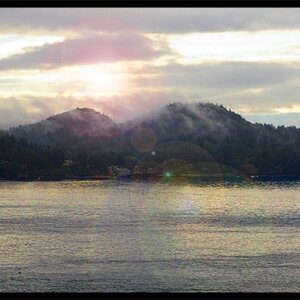
![[No title]](/data/xfmg/thumbnail/31/31979-ea92aca54ae865842d998c9cec534991.jpg?1619735137)
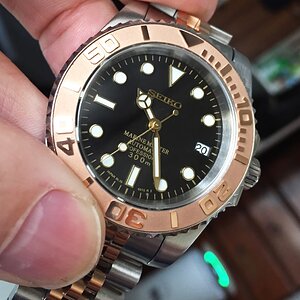
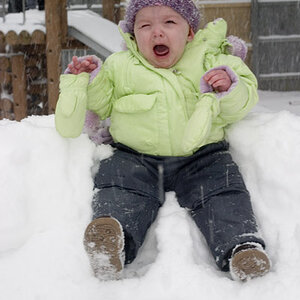
![[No title]](/data/xfmg/thumbnail/31/31980-e5048a424621c7b3cd0d306d63c09d67.jpg?1619735137)
